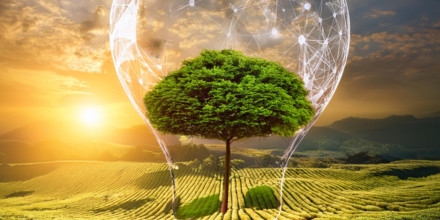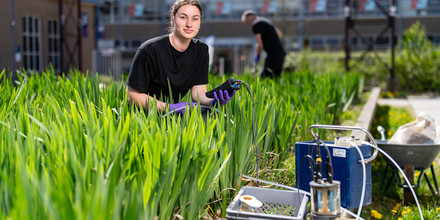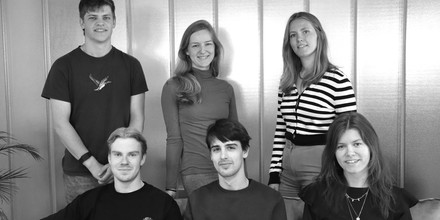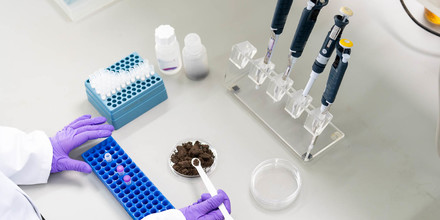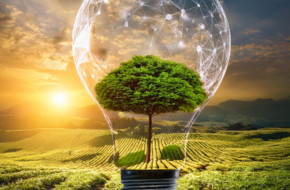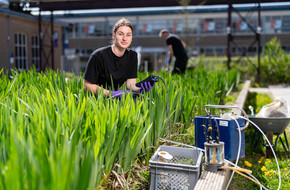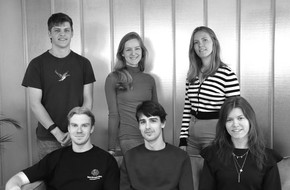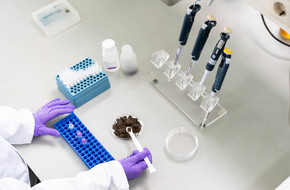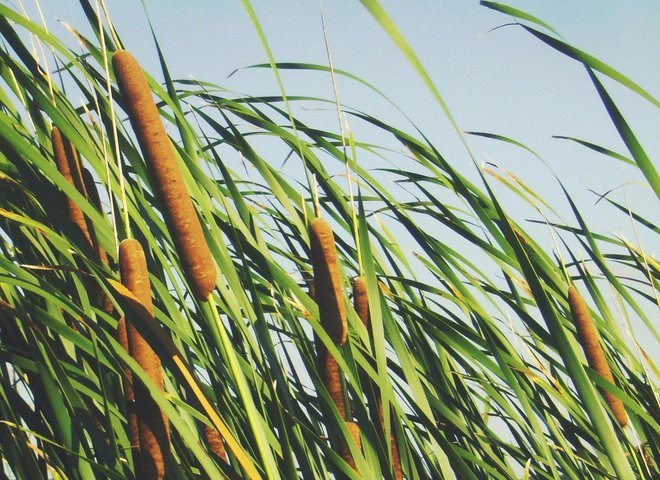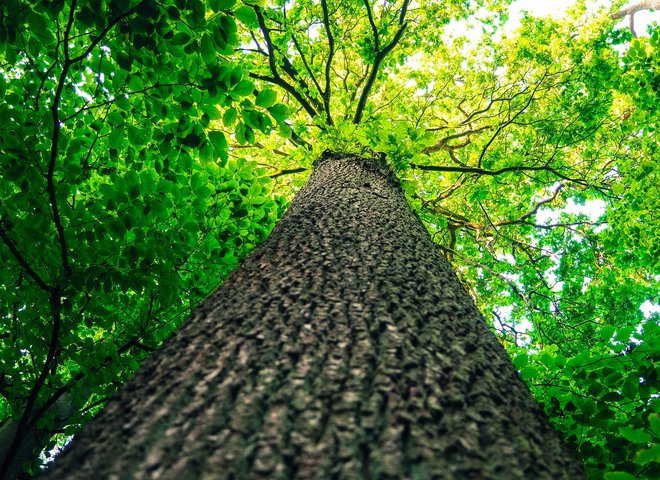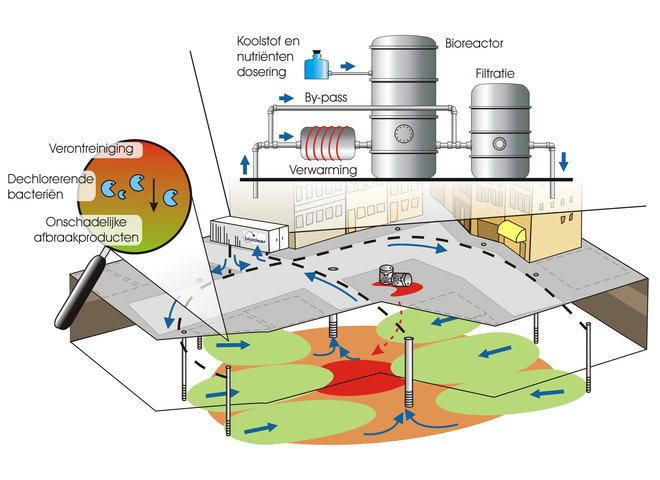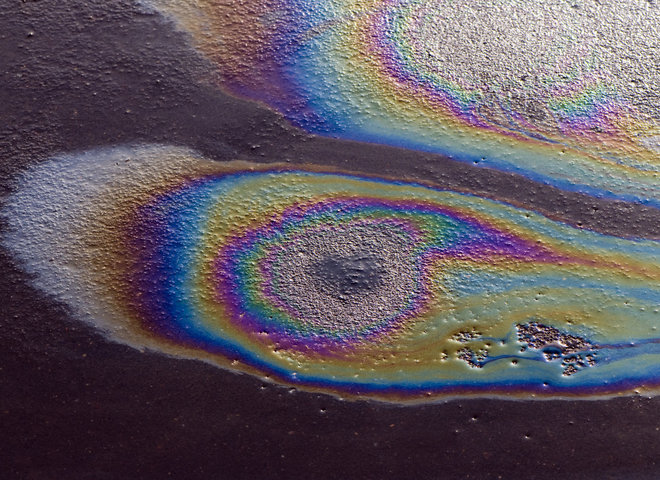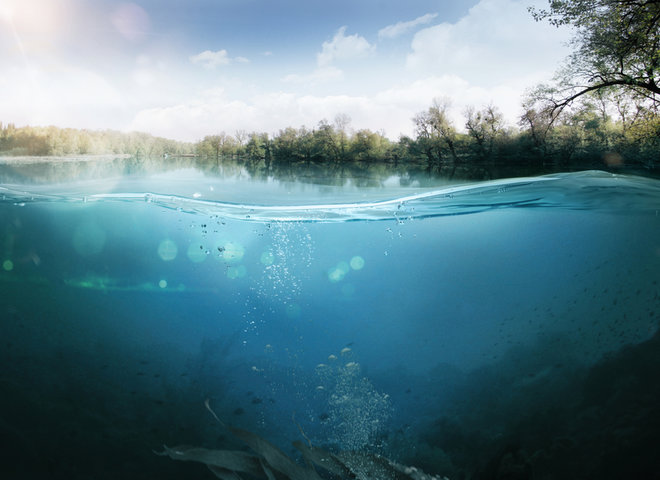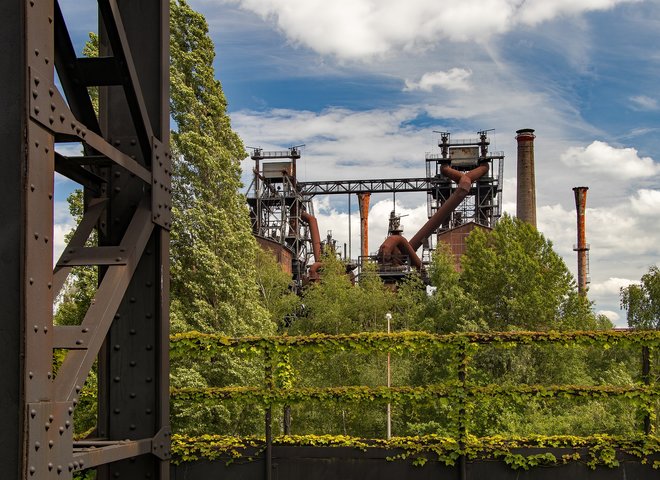Phytotechnology
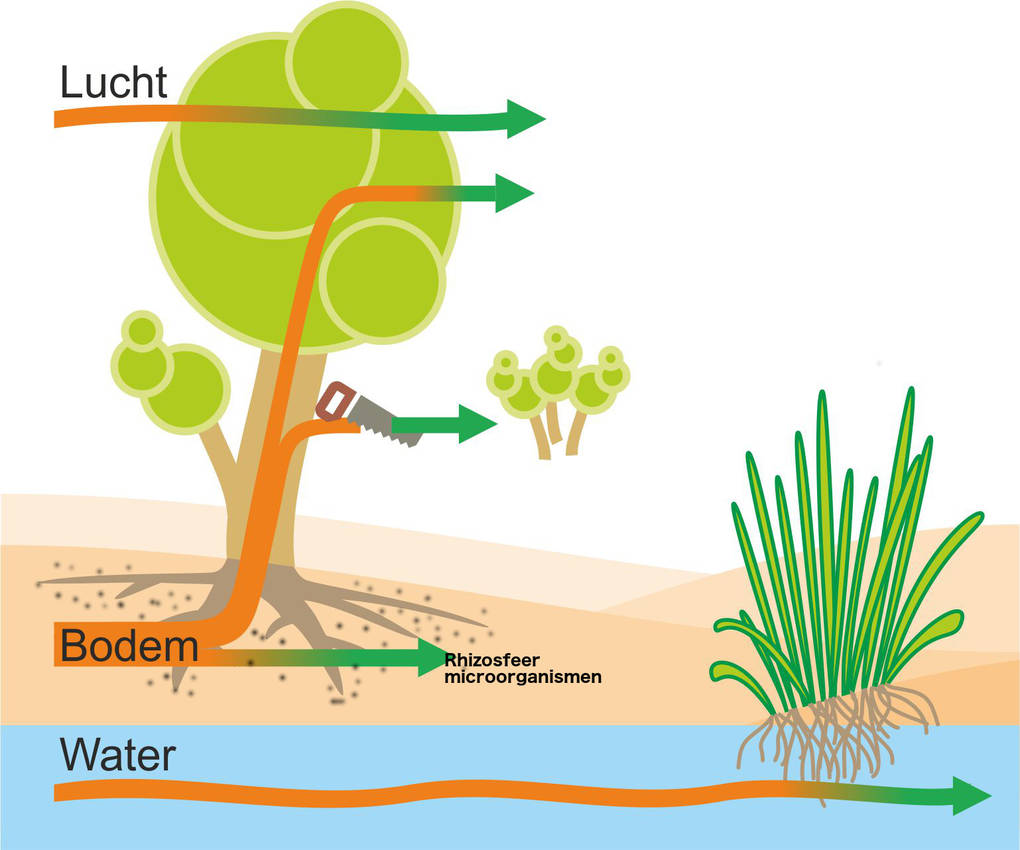
Phytotechnology is a perfect example of what we at Bioclear earth call: “working with the power of nature.” Phytotechnology is a technique, which uses plants and trees to clean contaminated soil, sediment, water, groundwater and air.
How does it work?
Years of research have shown that various plants and trees are capable to break down or immobilize contaminants. They for instance degrade or immobilize toxins or heavy metals in roots, branches or leaves by producing certain enzymes. Degradation also takes places by bacteria, fungi or yeasts, living in the root area of the vegetation.
The many ways we can use phytotechnology
In the Netherlands phytotechnology is mainly known for the use of helophyte filters as part of systems for individual wastewater treatment. Over the last decades more applications of phytoremediation have been researched, such as:
- remediation of soil, sediment and (ground)water contaminated with: heavy metals (copper, lead, cadmium, chromium etc); anorganic compounds like pesticides, chlorinated solvents (PCE and TCE, TPH, BTEX, PAH’s, PCB’s and explosives and nuclear contamination.
- deployment as hydraulic barrier between agricultural areas and urban areas, to prohibit the outflow of nutrients and pesticides;
- hydraulic control of contaminated groundwater plumes;
- wastewater treatment for the industry;
- collecting and treatment of the growing amount of stormwater in urban areas;
- the cleaning of air in cities and buildings.
